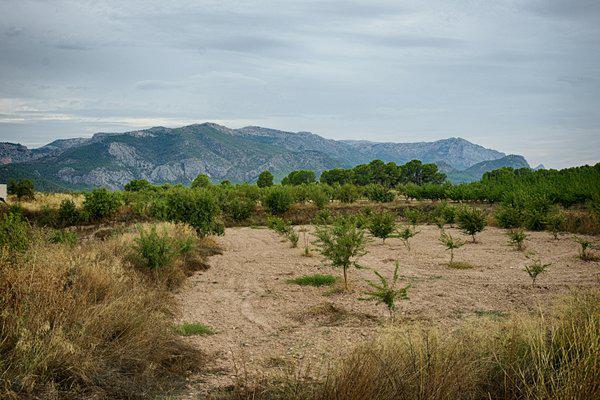Sierra Espuña
It is located in the south of the municipality and the area is shared with Mula, Pliego, Totana, Alhama, Aledo and small villages depending on these towns.This mountainous región biodiversity and its great heterogeneous environment was the reason it was declared Regional Park in 1992 with 10.000 hectares. In 1917 it was included in the National Parks catalogues and Natural Park in 1978.
Sierra Espuña constiturtes a beautiful forest islet with a big lanscape variety in contrast to semi-arid fields.
It was also declared National Hunting Reserve in 1973.
The layout of the land shapes a mountain range with deep interior valleys whose oldest materials were affected by an alpine fold. This affects the climate, it is coldest and raining then the rest of the Region of Murcia and it changes when the hight reaches 1.583 metres in the highest point. The rainfalls are heavier than in the rest, and in the first months of the year it usually snows.
The landscape and environment diversity cause an important biodiversity in the Sierra. More than 200 different animal species live in the Park: amphibians, birds, mammals and reptiles.
The same happens with the flora, more than a thousand different plant species distributes all over the different types of landscapes in the Park.
The changes in altitude, climate and humidity level because of the proximity of water courses which favour this diversity.
The importance of the Aleppo pine is dottled by Austrian or rodeno pine in the higher parts or elm tres, black poplars and poplars in areas near watercourses.
During the last years of the nineteenth century and early 20th, the engineer Ricardo Codorniú , born in Cartagena, carried out the reforestation and built paths whcih ggave the Sierra its appearance.





